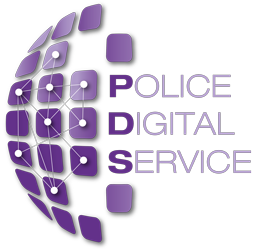Search - National Standard Microsite
Resource Description Frameworks (RDF) for web development

Resource Description Frameworks (RDF) for web development
The standards referred to by W3C are community generated standards, last reviewed by the National Standards Assurance Board in May 2021.
The World Wide Web Consortium (W3C) is an international community where Member organisations and the public work together to develop Web standards. It’s aim is to lead the World Wide Web to its full potential by developing protocols and guidelines that ensure the long-term growth of the Web.
The social value of the Web is that it enables human communication, commerce, and opportunities to share knowledge. One of W3C's primary goals is to make these benefits available to all people, whatever their hardware, software, network infrastructure, native language, culture, geographical location, or physical or mental ability. Some people view the Web as a giant repository of linked data while others as a giant set of services that exchange messages.
W3C's vision for the Web involves participation, sharing knowledge, and thereby building trust on a global scale.
The Web has transformed the way we communicate with each other. In doing so, it has also modified the nature of our social relationships. People now "meet on the Web" and carry out commercial and personal relationships, in some cases without ever meeting in person. W3C recognises that trust is a social phenomenon, but technology design can foster trust and confidence. As more activity moves on-line, it will become even more important to support complex interactions among parties around the globe.